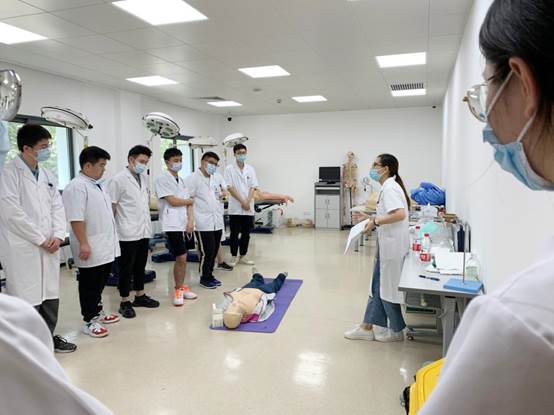
It is expected that China’s population over 65 years old will reach 487 million, or nearly 35% of inhabitants, in 2050. In order to meet the growing health needs of the economy, population growth, and aging society, and to achieve the goal of "Healthy China 2030" as soon as possible, our country's medical system urgently needs more high-level doctors to meet the surge in demand for health services. In my country, doctors who enter hospitals directly after graduation have uneven levels of practice, and doctors' resources are unevenly distributed among hospitals of all levels. On the other hand, patients are eagerly rushing to tertiary hospitals, resulting in the phenomenon of “difficult and expensive medical treatment”. In 2009, the Chinese government launched a national health care reform policy. As a pilot city, Shanghai has taken the lead in implementing standardized post-graduation medical education in the city since 2010-standardized residency training.

For more than ten years, Tongji University School of Medicine has actively participated in the post-graduation medical education reform project, and has witnessed the development of the "Shanghai Model" from a purely residential training base training project to the realization of the "four certificates in one" in conjunction with the training of a master's degree in medicine. , And then to the current "5+3+X, undergraduate + regular training + special training" clinical medicine doctor training model.
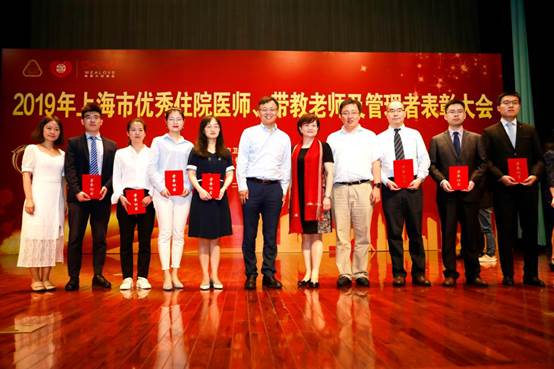
At the same time, the reform and exploration in the past decade has also made more medical educators in Shanghai deeply aware that there are still many problems and challenges that need to be resolved urgently. For example, although the current form of standardized training has existed nationwide, the level of teaching resources in various training bases is uneven, resulting in uneven training quality.
Tongji University School of Medicine has taken the lead in launching Accreditation Council for Graduate Medical Education–International (ACGME-I) in 2017, with a view to actively learning from international experience and completing a batch of international quality certifications for training programs in the training bases of all affiliated hospitals.
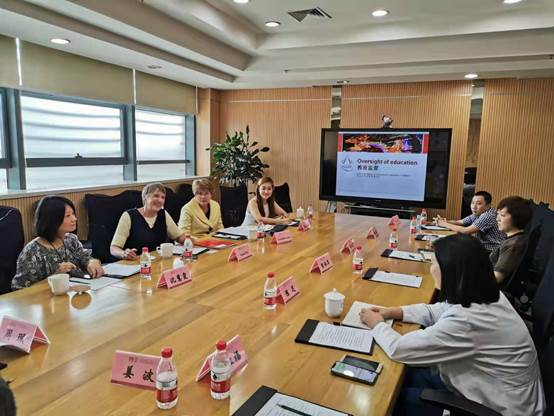
As the cradle and base camp of talent training, medical colleges and universities should extend the responsibility of training medical talents from the undergraduate stage to the post-graduation education stage, and be guided by the training of clinical medical talents(basic medical insurance/general practitioners/family physicians, primary physicians) that are in short supply in the society.
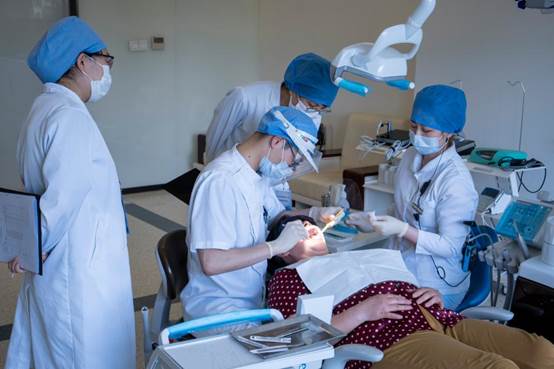
On the basis of optimizing undergraduate education, universities should give full play to their own resource advantages, cooperate with affiliated hospitals and affiliated community health service centers, and strive to establish a high-level, standardized post-graduation standardized training base, and send excellent graduates to these training programs.
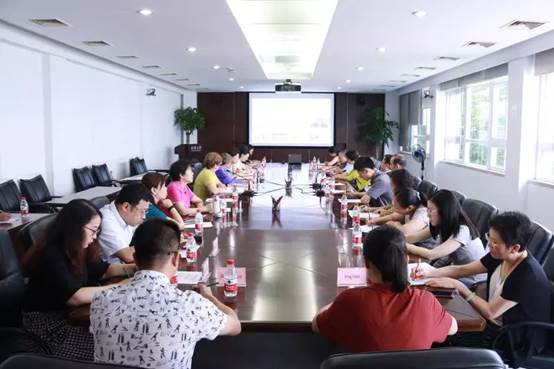
By drawing on the international experience of doctors’ vocational training, and actively improving the integration of undergraduate education courses and the homogenization of education after graduation, Tongji University School of Medicine plans to take the lead in exploring a more accurate, fast and concise 5+3 MD in the future. The path of training doctors of clinical medicine is to shorten the training time of doctors of clinical medicine through a training model with precise goals, strict quality and high condensedness, and cultivate a group of highly educated, high-quality, and able medical talents for the society.
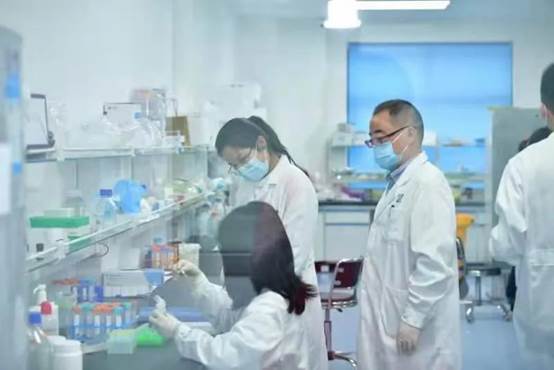
In the near future, we hope to launch a higher-quality medical doctor training model, provide a good career development path for more medical students, and attract more high-quality students to choose medicine as a career.
Author: ZHENG, JiaLin, Dean, School of Medicine, Tongji University
Original link: http://meridian.allenpress.com/jgme/article-pdf/12/6/655/2685581/i1949-8349-12-6-655.pdf
